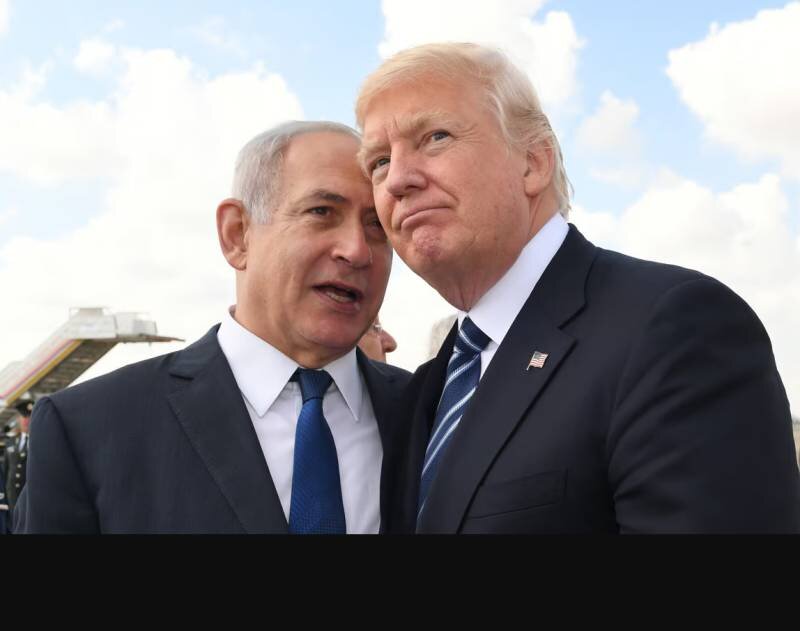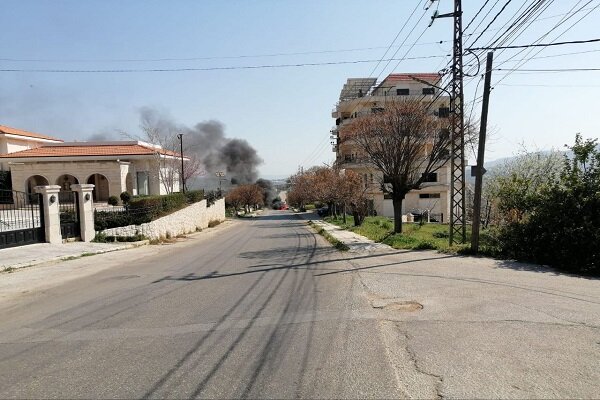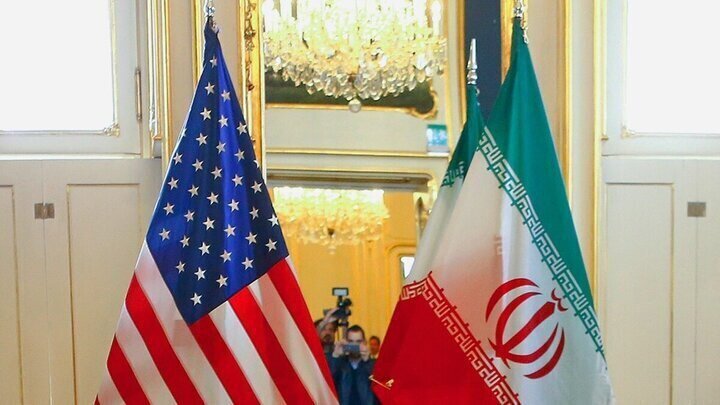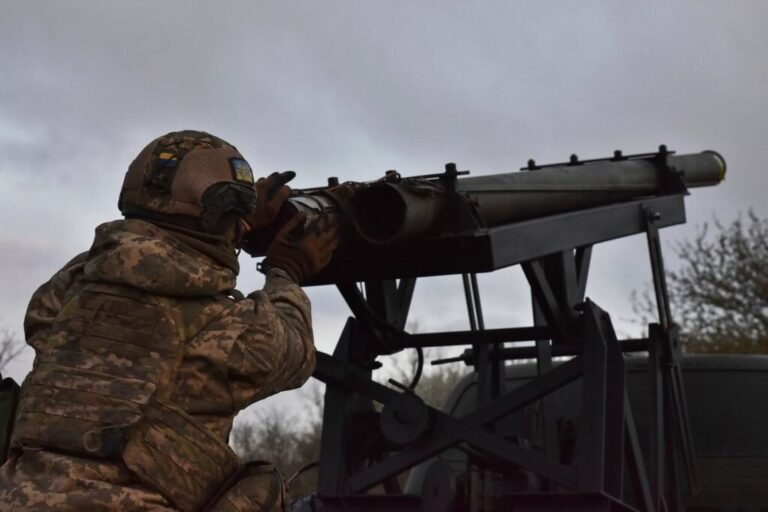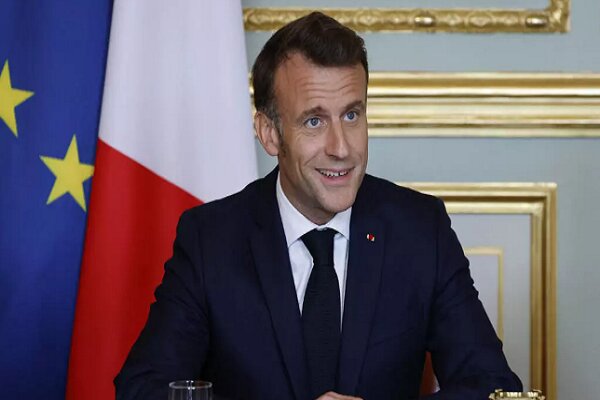Deepening Divide: Trump and Netanyahu’s Escalating Rift
As tensions escalate between Trump and Netanyahu during Trump’s second presidential term, the political landscape in the Middle East is shifting dramatically. The evolving relationship is characterized by divergent goals and conflicting strategies, particularly regarding the Gaza crisis and Iran’s nuclear ambitions.
The friction between the former U.S. president and the Israeli Prime Minister has been palpable, especially since Trump initially supported Netanyahu’s military actions by lifting the arms export bans imposed by the Biden administration. He provided Israel with heavy and lethal weaponry, urging Netanyahu to “finish the job.” However, recent developments indicate a significant divergence in their respective agendas.
Here are some critical issues contributing to the rising tensions:
- The Gaza Crisis: At the onset of his presidency, Trump aimed to transform Gaza into a resort area through comprehensive development initiatives. He succeeded in pressuring the Israeli government to agree to a ceasefire with Hamas. Unfortunately, this ceasefire was short-lived, leading to renewed large-scale attacks on Gaza by Israel.
- Trump’s Opposition: Trump is firmly against the ongoing military actions, recognizing that fostering stable relations and investments with Arab nations hinges on a sustained ceasefire in Gaza. On the contrary, Yemen’s Ansarullah has shown its capability to threaten American and Israeli interests, as evidenced by a missile strike on Ben Gurion Airport.
- Iran’s Nuclear Program: Netanyahu’s recent attempts to persuade the U.S. to initiate airstrikes on Iran’s nuclear facilities have been met with resistance from Trump. The Israeli Prime Minister believes that with recent developments, including the demise of Hamas and Hezbollah leaders, now is an opportune moment to target Iran’s nuclear capabilities. However, Trump has refrained from endorsing this strategy.
- Political Leverage: Despite Netanyahu’s frustrations, he lacks the political clout to confront Trump directly. The former U.S. president remains popular among Netanyahu’s support base in Israel, complicating the Prime Minister’s ability to challenge him openly.
In the context of these issues, Netanyahu is increasingly relying on his coalition with his political base, which tends to favor Trump over him. This has led to a strategic silence from Netanyahu, who has not publicly criticized Trump or taken an official stance against him in recent months.
Moreover, the Israeli Prime Minister has been actively working to apply pressure on Trump to halt negotiations regarding Iran’s nuclear program. This effort is bolstered by support from pro-Israel lobbyists within the Senate and House of Representatives. Notably, Senators Tom Cotton and Lindsey Graham have asserted that any deal with Iran must entirely prevent Tehran from enriching uranium. They have also urged Trump to submit any nuclear agreement with Iran to the Senate for approval, which would necessitate a two-thirds majority.
According to Ilan Goldenberg, a senior official on Middle East affairs during the Obama and Biden administrations, Netanyahu’s position is precarious. Despite his dissatisfaction with Trump’s approach to Iran and the U.S. agreement with the Houthis, he lacks the necessary political leverage to confront Trump directly. This situation is compounded by Trump’s enduring popularity among Netanyahu’s political base.
As tensions between the two leaders continue to rise, a recent development underscores the shifting dynamics: Israel was notably excluded from the list of destinations on Trump’s recent Middle East tour, despite its historical status as a close ally. This exclusion could signify a deeper rift and foreshadow potential changes in U.S. foreign policy towards Israel.
In conclusion, the evolving relationship between Trump and Netanyahu is marked by significant challenges and shifting priorities. As both leaders navigate their political landscapes, the future of U.S.-Israeli relations remains uncertain. The ongoing crises in Gaza and the contentious issue of Iran’s nuclear ambitions will likely continue to shape their interactions and define the trajectory of Middle Eastern geopolitics.
